Preventing SQL injection attacks in WordPress is crucial to maintaining the security and integrity of your site. WordPress is generally secure, but vulnerabilities can arise through poor coding practices or outdated plugins and themes. Below are actionable steps to prevent SQL injection attacks:
1. Use Parameterized Queries
- Avoid directly embedding user inputs in SQL queries.
- Use the WordPress $wpdb->prepare() function, which ensures that SQL statements are safe.
phpCopyEditglobal $wpdb;$query = $wpdb->prepare("SELECT * FROM wp_users WHERE user_login = %s", $user_input);$results = $wpdb->get_results($query);
2. Validate and Sanitize Inputs
- Always sanitize user inputs before processing them.
- Use WordPress-provided functions for sanitization:
- sanitize_text_field() for text inputs.
- esc_sql() for escaping SQL-specific characters.
- sanitize_email() for email inputs.
phpCopyEdit$safe_input = sanitize_text_field($_POST['user_input']);
3. Use a Security Plugin
Install reputable WordPress security plugins to block malicious activities:
- Wordfence: Provides firewall protection and real-time monitoring.
- iThemes Security: Detects and prevents SQL injection attempts.
- Sucuri Security: Offers a Web Application Firewall (WAF).
4. Keep WordPress Core, Themes, and Plugins Updated
- Outdated code can have vulnerabilities that hackers exploit.
- Regularly update your WordPress installation, themes, and plugins to their latest versions.
5. Restrict Database Permissions
- Avoid using the database user with full privileges. Instead:
- Assign a user with limited permissions (e.g., SELECT, INSERT, UPDATE, DELETE).
- Avoid granting DROP, ALTER, or CREATE permissions unless required.
- sanitize_email() for email inputs.
6. Disable Database Error Display
- Avoid displaying detailed database errors to visitors, as they can reveal sensitive information. Add this to your wp-config.php file:
phpCopyEditdefine('WP_DEBUG', false);define('WP_DEBUG_DISPLAY', false);
7. Implement a Web Application Firewall (WAF)
A WAF can block SQL injection attacks before they reach your server. Options include:
- Cloudflare WAF
- Sucuri Firewall
- AWS WAF
8. Monitor Logs and Audit Trails
- Keep an eye on server logs for suspicious activity.
- Use security plugins to maintain audit logs of login attempts and changes to files or settings.
9. Avoid Using Insecure Plugins or Themes
- Only install plugins and themes from trusted sources.
- Regularly review and remove unused or outdated ones.
10. Use HTTPS
- HTTPS encrypts data transmission between the client and server, reducing the risk of interception and injection attacks.
- Obtain an SSL certificate for your site.
11. Limit Login Attempts
- Protect against brute force attacks by limiting login attempts.
- Use a plugin like Login LockDown or configure this setting in your security plugin.
By following these practices, you can significantly reduce the risk of SQL injection attacks and enhance the overall security of your WordPress site. If you’d like specific implementation help, feel free to ask!

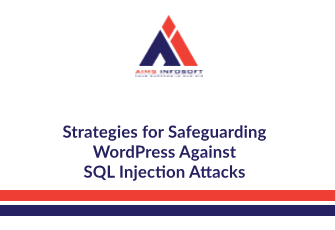
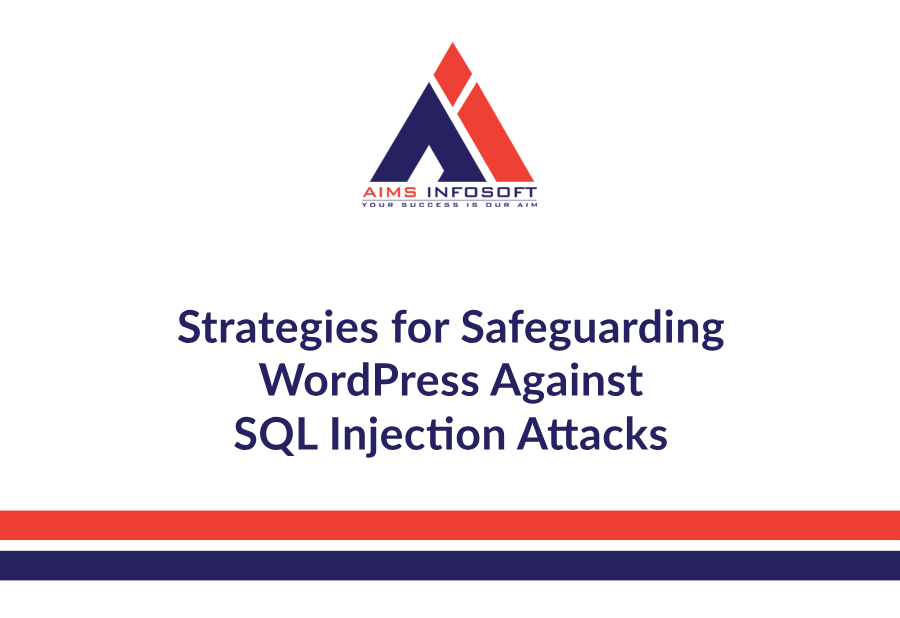
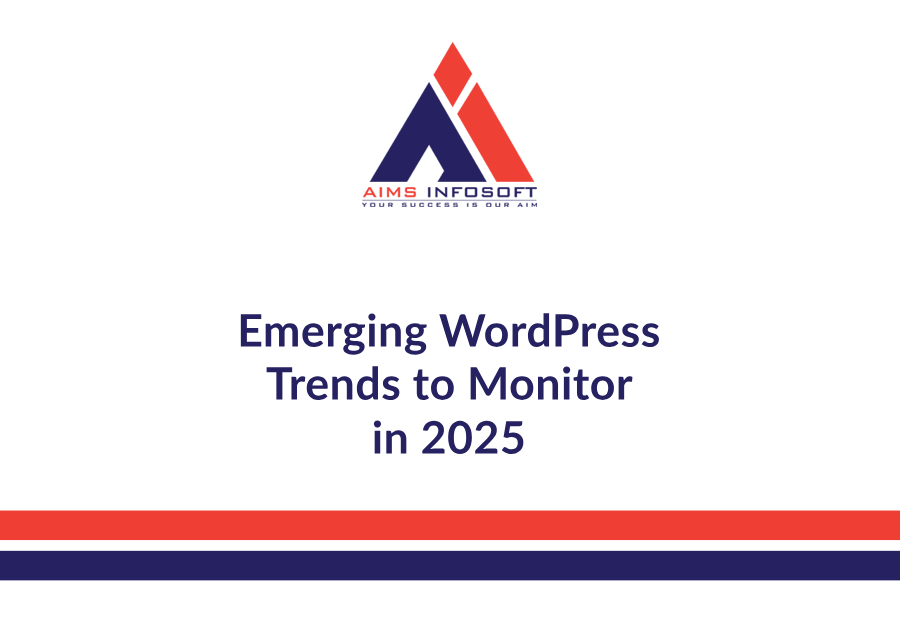
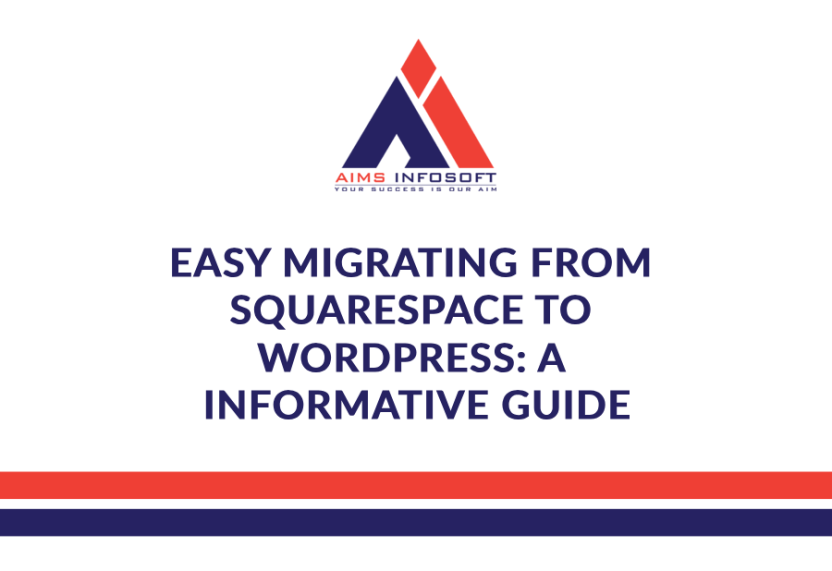




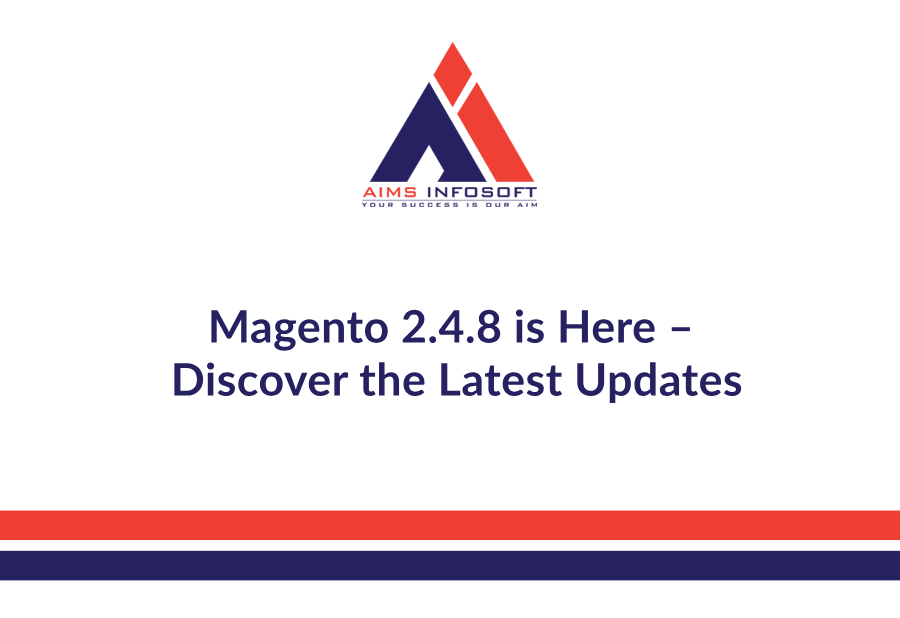



Leave a Reply